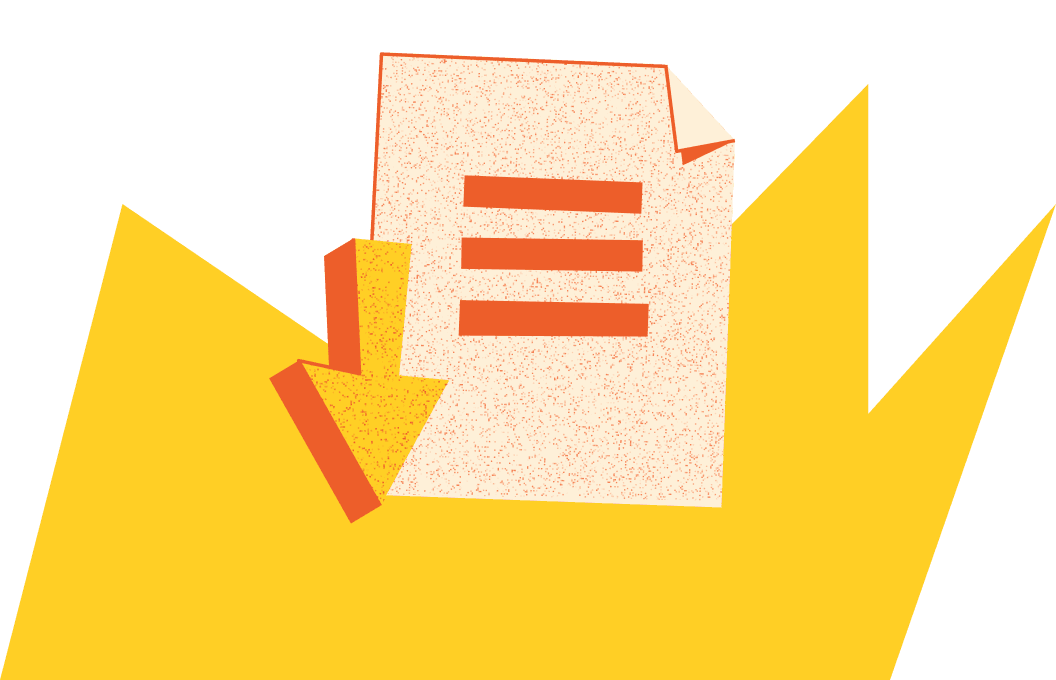Guide
A Case Study on Deel HR: How We Saw the Need for a Global HRIS
Global HR

Get the resource for free
How do you build an HRIS designed for the challenges of global workforces? In this case study, we reveal why we built Deel HR to solve the issues existing HRIS systems couldn’t.
At Deel, we have over 4,500 workers spread across 104+ countries. Like other global teams, we needed an HRIS to support our international workers—a platform with localization, customization, and a seamless user experience.
But our decision to build Deel HR wasn’t based on our needs alone. We also interviewed HRIS and non-HRIS users to determine what modern teams need and expect from an HR platform. So, we built the only global-first HRIS for everyone, everywhere, that enables organizations to:
- Save costs by consolidating multiple HR platforms into one
- View all workforce data in one place
- Manage onboarding, payroll, and compliance in any country
- Supply devices to your global team, no matter where they work, and track all those assets
- Build a high-performance workforce with the Deel Engage talent management system
Read the case study to get a closer look at Deel HR’s unique features and functions and how it can help organizations like yours.
Who will benefit from reading this case study
This case study is perfect for:
- HR leaders seeking scalable solutions to manage distributed teams
- Business owners struggling to simplify cross-border HR processes like compliance, payroll, and onboarding
- Fast-growing companies navigating the challenges of global expansion
- Organizations with remote or hybrid workforces looking to streamline HR management
- Decision-makers exploring HRIS options that can grow with their business and adapt to a global-first strategy
If your team spans multiple countries or your company is preparing for international growth, this case study offers actionable insights to optimize your global HR operations.
Case study overview
In this case study, we share:
- Why did we build a global-first HRIS?—Understand the challenges we faced managing a fast-growing workforce across 104+ countries and how those challenges shaped Deel HR
- Why weren’t other HRIS systems working?—Explore the gaps in traditional HRIS solutions that led us to build something entirely new, as reported by our customers and internal experts
- The solution: Deel HR—Learn how our team designed Deel HR to address real-world challenges like compliance, scalability, and usability for global teams
- The Deel HR impact—Discover Deel HR’s features, how Deel HR compared to other providers, and the measurable benefits Deel HR has delivered for our team and our customers
- How to use an HRIS to scale a global team—Discover how a global-first HRIS like Deel HR can support international growth and get practical advice and insights on building, managing, and scaling a global-first workforce
This case study isn’t just our story—it’s a roadmap to help your business thrive in the era of global work.
FAQs
What are the three types of HRIS?
The three types of HRIS systems are:
- Operational HRIS: Focuses on daily employee data management
- Tactical HRIS: Supports recruitment, training, and performance management
- Strategic HRIS: Informs long-term workforce planning and analytics for strategic decision-making
What are the two pillars of an HRIS?
The two main pillars of an HRIS are:
- HR data management: Centralizing and storing employee information
- Automation of HR processes: Streamlining tasks like payroll, benefits, and time management
What is a global HRIS?
A global HRIS is a centralized system that manages HR functions and employee data across multiple countries, allowing multinational organizations to standardize HR practices, ensure compliance with diverse regulations, and provide a unified HR experience globally.
Read more: Global HRIS: Why It’s the Best HR Solution for Global Teams
What are the four major components of a global HRIS?
The four major components of a global HRIS are:
- Data management: Maintaining employee records
- Compliance: Adhering to varied local laws
- Process automation: Standardizing HR functions across borders
- Analytics: Providing insights for strategic workforce planning
What is the difference between HR and global HR?
HR generally focuses on managing a company’s workforce within a specific country or region, handling recruitment, compliance, and employee management. Global HR expands these responsibilities to an international scale, addressing additional complexities such as varying labor laws, cultural differences, and global compliance.
Complementary reading: A Guide on How to Scale Global HR
What are the benefits of a global HR system?
A global HR system:
- Provides consistency in HR practices across regions
- Streamlines compliance with international regulations
- Centralizes data for more informed, data-driven decisions, reducing administrative complexity and improving scalability
How do you implement a global HRIS system?
To implement a global HRIS, follow these steps:
- Assess organizational needs
- Choose a scalable HRIS solution with multi-country compliance features,
- Integrate existing systems
- Train HR teams
- Ensure continuous monitoring for alignment with local laws and company goals
Complementary guides:





